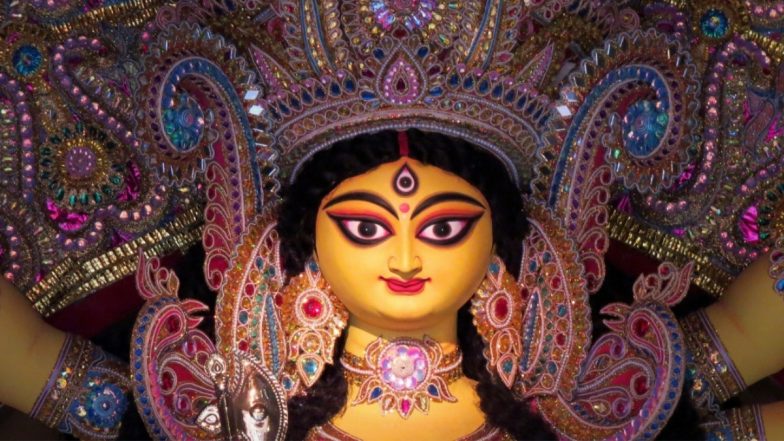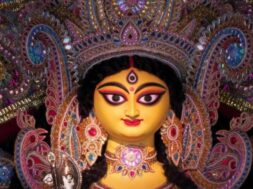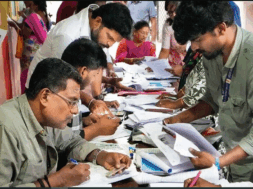
Navaratri 2022: Significance and Goddesses associated with Nine-Day long festivities
New Delhi: Navaratri is a Hindu festival that is celebrated annually to mark the victory of goddess Durga over a buffalo demon named Mahishasura. The festival began on Monday, September 26, 2022, and will end with Dusshera on October 05, 2022.
The festivities are associated with the goddess Durga and the battle that ensued between the goddess and the buffalo demon, Mahishasura.
The nine days and nights are dedicated to the nine different avatars of the goddess. The avatars are collectively referred to as Navdurga. Each day signifies the incarnation of a goddess.
The first day of Navaratri is also known as Pratipada and is associated with Shailaputri, an incarnation of goddess Parvarti, who, according to the ancient Hindu scriptures, is considered to be the wife of Lord Shiva and the daughter of Himalayas.
Durga is worshipped as the wife of Shiva in this form, and treated as reincarnation of Sati. She is said to ride a bull, Nandi, with a trishula or spear in her right hand, and lotus in her left. Shailaputri is considered to be the direct incarnation of Mahakali. The colour of the day is yellow which depicts action and vigor.
The second day is associated with goddess Brahmacharini. She too is an incarnation of Parvati albeit as a celibate, wherein she is in an unmarried form. Brahmacharini is worshipped on this day for attaining peace, prosperity, and salvation. She is said to walk barefoot while holding rosary beads and a kamandala that signifies bliss and calmness. Though the colour of the day is green, orange colour is also used to depict tranquillity.
The third day or the tritya is associated with goddess Chandraghanta. The name is derived from an incident wherein Parvati adorned a half-lit moon on her forehead after marriage. She symbolises beauty and bravery. Colour grey is associated with the day.
Goddess Kushmanda is worshipped on the fourth day. Kushmanda is believed to be the creator of the Universe and is associated with vegetation and life on the planet. Adorned with 8 arms, she is believed to ride a tiger. The colour of the day is orange.
The fifth day marks the worship of goddess Skandamata, or the mother of Skanda (Kartikeya). Adorned with four arms and a baby in her hands, she is shown to ride atop a ferocious lion. The colour white symbolises transformation and a mother’s strength when her child is in danger.
The shashti or sixth day celebrated goddess Katyayani, who was born to sage Katyayana. Know as the warrior goddess, Katyayani is one of the most violent incarnations of Durga. She has four hands, rides a lion, and is associated with colour red.
Though Katyayani is considered to be one of the most violent incarnations, goddess Kaalraatri of the seventh day is considered one of the most ferocious incarnations. It is believed that Parvati had removed her pale skin to kill demons, Shumbha and Nishumbha. The goddess appears in a red-coloured tiger skin dress with fiery eyes and lots of rage that turns her skin dark in colour. The colour royal blue is associated with this day.
The eighth day celebrated goddess Mahagauri, who symbolises peace and intellect. It is believed that when Kaalraatri bathed in the Ganges, she gained a warmer complexion. She is worshipped on Maha-ashtami, a significant day for Hindus where people offer grandiose prayers and indicates the last day of fasting for most. The colour pink is associated with the day as it symbolises optimism.
The last day of the nine-day long festival is dedicated to goddess Siddhidhatri, who is seated on a lotus and possesses four hands. Also known as Mahalakshmi, Siddhidhatri is seen as the female side of the Ardhanarishvara form of Shiva and Shakti. Several people worship weapons and tools on the last day. The colour purple is associated with the day.
(Avya Mathur)














